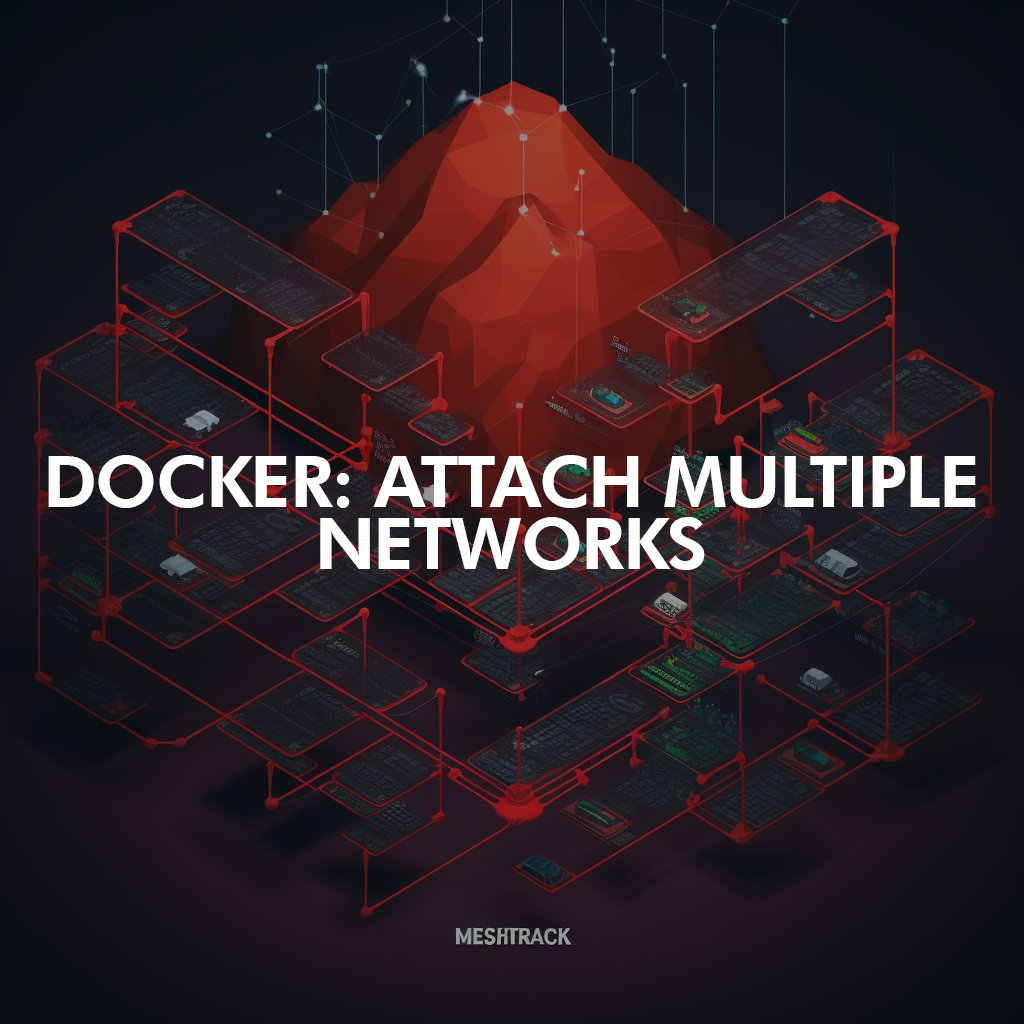How to Attach Multiple Networks to Docker

If you have your networks isolated from each other (as you should), attaching multiple networks to docker is not a straightforward process.
For this example, we will be deploying guacamole using docker-compose
The first step is to set up your network on your platform. I'm hosting docker in a VM - you can also host it in an LXC. The steps will be slightly different for each of those
Setting up networking in a virtual machine
After passing in your interfaces to the VM, edit the file /etc/netplan/99-config.yaml
network:
version: 2
renderer: networkd
ethernets:
ens18:
addresses:
- 10.0.0.7/24
routes:
- to: 0.0.0.0/0
via: 10.0.0.1
metric: 100
nameservers:
addresses: [8.8.8.8]
routing-policy:
- from: 10.0.0.0/24
table: 100
ens20:
addresses:
- 10.0.10.7/24
routes:
- to: 0.0.0.0/0
via: 10.0.10.1
metric: 200
nameservers:
addresses: [8.8.8.8]
routing-policy:
- from: 10.0.10.0/24
table: 200Restart your virtual machine and confirm the network is up using ip a
Setting up networking in an LXC
If you're hosting docker in an LXC, edit the file /etc/network/interfaces
auto lo
iface lo inet loopback
auto ens18
iface eth0 inet static
address 10.0.0.7/24
gateway 10.0.0.1
auto ens20
iface eth10 inet static
address 10.0.10.7/24
gateway 10.0.10.1Creating networks in docker
Get shell access to your docker host and create the following networks
docker network create --driver bridge --subnet=172.18.0.0/16 --gateway=172.18.0.1 <network_name>
docker network create --driver bridge --subnet=172.29.10.0/24 --gateway=172.29.10.1 --opt com.docker.network.bridge.name=<interface_name> <network_name>
For this example, we will assume the network_name for both networks to be host_main and host_admin
For interface_name, we will take it to be ens20
Docker stack
While deploying guacamole, we simply mention the two networks we created earlier
version: "2"
services:
guacamole:
image: oznu/guacamole
container_name: guacamole
volumes:
- postgres:/config
ports:
- 8080:8080
networks:
- host_admin
- host_main
volumes:
postgres:
driver: local
networks:
host_admin:
external: true
host_main:
external: trueConfirming your changes
As the final step, run the following command to confirm that your network has been passed through successfully to the guacamole container
docker exec -it guacamole ip aBelow, you can see that both our networks are attached and in the UP state.
1: lo: <LOOPBACK,UP,LOWER_UP> mtu 65536 qdisc noqueue state UNKNOWN group default qlen 1000
link/loopback 00:00:00:00:00:00 brd 00:00:00:00:00:00
inet 127.0.0.1/8 scope host lo
valid_lft forever preferred_lft forever
44: ens18@if45: <BROADCAST,MULTICAST,UP,LOWER_UP> mtu 1500 qdisc noqueue state UP group default
link/ether 02:42:ac:12:00:02 brd ff:ff:ff:ff:ff:ff link-netnsid 0
inet 172.18.0.2/16 brd 172.18.255.255 scope global eth0
valid_lft forever preferred_lft forever
46: ens20@if47: <BROADCAST,MULTICAST,UP,LOWER_UP> mtu 1500 qdisc noqueue state UP group default
link/ether 02:42:ac:1d:0a:02 brd ff:ff:ff:ff:ff:ff link-netnsid 0
inet 172.29.10.2/24 brd 172.29.10.255 scope global eth1
valid_lft forever preferred_lft forever